Joshua Bird reviews British India, White Australia by Kama Maclean
 British India, White Australia
British India, White Australia
by Kama Maclean
ISBN 9781742236216
Reviewed by JOSHUA BIRD
Perhaps one of the most under-appreciated elements of systems of racial discrimination is their sheer banality.
Whether it be the efficient genocidal bureaucracy of the Nazi holocaust or the complex racist laws and policies that held together the system of Apartheid in South Africa, their existence reminds us that racism and prejudice are not just the remit of bad people—‘racists’—doing ‘racist’ things. Rather, racism is a concept that explains—indeed generates—entire systems of oppression and exclusion. Such systems are administered soberly and dutifully by governments and their representatives often in pursuit of their own perception of the common good.
For a real-world example of countries whose histories are informed by the administration of racism you could not find two clearer cases in India and Australia. Both countries are connected by a shared experience of colonialism of the British variety yet they participated on quite different ends of the imperial spectrum. The central explanation of that difference is, of course, race. Australia was not only a part of an empire constructed with Whiteness at its core, it was a nation who had only just recently declared most proudly its intention to be the purest, whitest nation in the British Empire. India, on the other hand, was a proud ancient civilisation now denied equal standing within the Empire, despite representing its largest source of resources and income, solely on the basis of its non-White status.
Using race and colonialism as a common thread, British India, White Australia, by Kama Maclean, attempts to explore this complex set of inter-relationships between Australia, India and Britain (as both nations and peoples) from Australian Federation in 1901 until India’s independence in 1947. In the first half of the twentieth century, British propaganda efforts went to great pains to emphasise the kinship of the Imperial relationship. This narrative was particularly emphasised during World War II when the survival of the Empire itself rested very heavily on India’s contribution to the war effort. Yes, despite this narrative of brotherhood, it would be some time before Australia even approached recognising India as a sovereign nation.
Historically, Australian perspectives on India were mediated through the triangulated prism of Britain – and the British Empire. For example, while Australian trade to India was robust, such trade was transacted largely with British colonial enterprises and seen as a component of global Imperial Trade rather than a bilateral economic relationship with India itself. India’s economy was shackled to Britain’s as a prime source of raw materials for British industry and a captive market for British manufactured goods. As Maclean notes, “India was more imagined than experienced in Australia, with the vast majority of transnational connections heavily mediated through the white mechanisms of the British Raj” (Maclean, p55). This was not an accident. Rather, it was by British design and intent.
From India’s perspective, the ties of Empire served to increase tensions with Australia rather than bind them closer. Australia’s stridently racist immigration policies—which treated British Indians just as unfairly as Chinese or other non-whites—put it at odds with a country looking to assert itself on equal footing within the Empire. Australia, for its part, tended to see Indian criticism of its restrictive policies as indicative of the Indian people’s ‘hyper-sensitive’ nature (Maclean, p233), rather than a genuine grievance borne of justifiable concern. In international forums Australian diplomats did their best to frame the country’s policies of prejudicial exclusion in economic terms rather than explicitly race-based ones. Australia’s concern was with non-whites’ willingness to work for low wages without union membership, it was argued, rather than any sense of racial superiority or prejudice that motivated Australia’s actions. Those paying attention will recognise similarities to contemporary Australian political discourses around migration (for both refugees and non-refugee).
Arguably, for much of the 20th century content to follow Britain’s lead, Australia was most active internationally when combating attempts to progress racial equality. For the antipodean colony, the issues of challenging apartheid, softening the White Australia policy and Indian home rule were all connected—each an equally slippery slope which must be defended against at all costs lest the Empire come undone. Most famously, the advocacy of Australian Prime Minister Hughes was instrumental in halting a resolution in favour of a racial equality clause during the 1919 Paris Peace Conference. Maclean covers negotiations of this kind in great detail in the book, although the casual reader may find the content covering various international agreements and domestic legislation a dense read.
However, British India, White Australia is as much about British hypocrisy on the issue of race as it is about Australia’s own discriminatory policies in relation to Indians. While Britain often joined India in showing dismay over Australia’s policies, this was only because of their perceived impact on the stability of the Empire rather than any higher moral argument. Indeed, Maclean argues that Australia’s race-based immigration regime was entirely consistent with the Empire’s principles and values rather than an aberration from them.
Race and inherent white superiority were used to justify Britain’s refusal to extend self-rule to India just as much as they were used to justify the exclusion of non-whites from Australia. As Australia’s third Prime Minister Chris Watson argued:
“The British Government do not think of putting the Hindoo (sic) or any other native of India upon the same plane as the people of the United Kingdom. The ground I take is that the natives of India are British subjects and subjects only, whilst the people of the United Kingdom are citizens as well, and British subjects in Australia are citizens also. That constitutes a wide distinction” (Maclean, pp25-26)
The sensitives of relations within the Empire meant that the reasoning for this distinction was seldom explicitly stated—the racist assumption that Indians were not capable of self-rule (at least not currently). Similarly, Australia’s selective application of a theoretically colour-blind language test allowed the country to effectively bar the migration of non-Whites without stating their true intent.
Ironically, Australians themselves balked at Britain’s use of bureaucracy to discriminate against them in the form of access to roles in the Indian Civil Service (ICS). At the time, Britain required applicants for work in the Indian colonial administration to attend examinations that were held in London, thus limiting access to only those Australians with the time and funds to allow for the trip to Britain. Australian lobbying for the holding of examinations locally were resisted by Britain at least partially on the grounds that giving in to such a request would increase pressure on them to hold similar examinations in India itself—thus opening the door for increased numbers of Indians working in the ICS. As with Australia’s language test, Britain felt the need to maintain a veneer of procedural fairness in enacting its racial discrimination. As Maclean notes, “discrimination was effectively concealed in the garb of the efficient and procedural bureaucracy of the examination” (Maclean, p41).
While the low numbers of Indians migrating to Australia in the early Twentieth Century meant that they were never a target of specific legislation or policies to curb their numbers or influence, they nonetheless suffered at the hands of Australia’s racist policies which aimed to discriminate against all non-Whites equally. Indeed, it was this failure to give British Indians the proper standing expected of fellow members of the Empire that was the greatest source of grievance for Indians in Australia.
Those Indians resident in Australia balked at their second-class standing and were very active in petitioning governments—both domestically and internationally—for a recognition of their special status. Having spilled blood for the Empire in the recent war, surely they had done enough to prove themselves loyal subjects and worthy of respect? ‘No’, was Australia’s response. If anything, Indian migration to Australia represented a new threat to the Australian worker and fed into the long-running inferiority complex of the Colonial Australian. The expansion of Western models of education to the Indian middle classes, including English language training, had created a generation of Indians who could not only compete with Australian workers but exceed them in capacity and skills.
Despite these tensions, there was engagement and contact between Indians living in Australia and local people. However, given the scarcity of first-person Indian accounts, Maclean is generally forced to adopt the perspective of non-Indian Australians in painting a picture of the lives of Indians in Australia at the time. This includes a fascinating analysis of the presence of Indian hawkers through the family photos and remembrances of those rural Australian families with whom they traded. For many of these isolated families, particularly women, the arrival of a travelling Indian hawker represented an opportunity to sample new wares, share local gossip and access the world beyond the farm. However, such representations are just snippets; distant and casual.
While Maclean herself acknowledges the limitations of first-person sources, the book would have benefited from more illustration of the internal life of Indians resident in Australia at the time. How did they reconcile their identities as Indians, Australians and British subjects? Instead, the greater availability of official documentation over personal accounts means that much of the book is concerned with the formal administrative aspects of Indian identity in Australia in the early twentieth century—such as the advocacy for equal legal and/or residential status.
In the end, Australia’s reticence in engaging directly with India and Indians gave way to shifting political realities. Even by the 1920s, Britain’s primary role in mediating the Australia-India relationship had started to recede. This allowed for both parties to establish more direct engagement for the first time. Oftentimes this engagement was led by niche organisations; Communists, Theosophists and Friendship societies. The Australian public’s impact on India’s independence movement was minimal at best. Despite this, the book explores the activities and internal machinations of a number of these well-meaning but ultimately ineffectual efforts.
With Britain’s retreat from Asia during World War II and India’s newly won independence, Australian policy-makers quickly acknowledged the need for a recalibration of its diplomatic priorities. As European powers retreated from their former colonial territories in the region Australia was now looking at a more isolated future. Cultivation of stronger diplomatic ties with India was needed as Australia pivoted to face a new foe—global Communism. Soon both countries would establish respective diplomatic representation, opening channels for direct political communication without British involvement. This would eventually be followed by the first cracks in the White Australia policy, allowing Indians to study, work and migrate to Australia.
In recent years, political necessity sparked by shifts in international power relations has once again seen Australian political leaders turn their attention to India. This time, however, it is China to whom the West seeks India’s help in balancing. India has become one of Australia’s key strategic partners in responding to the growing economic and military might of China, joining the United States and Japan as members of the Quadrilateral Security Dialogue (‘the Quad’). On the economic front, Australia’s two-way goods and services trade with India now totals a massive $24.4 billion per year, and has become a key market for Australian exporters looking to avoid an over-reliance on China. At the individual level, engagement has never been higher. India is now the second largest country of origin for overseas-born Australian residents, and last year well over 100,000 Indians studied in Australia. Exchange goes both ways, as Australian cricketers ply their wares throughout the Indian Premier League and Indian cuisine and culture now firmly within the mainstream.
And yet, the central question raised by British India, White Australia remains. Do Australia and India truly share a set of common values and understandings? The poor treatment of Indian-Australians trying to return to Australia during the recent surge of Covid-19’s Delta variant revealed fractures in the relationship. Racist incidents, such as the apparent targeting of Indian taxi drivers in Melbourne, have also undermined any argument that racist attitudes towards Indians are now in the country’s rear-view mirror. While some may suggest that any hope for long-term engagement between India and Australia rests on an embrace of their common history, others like Maclean will continue to assert that in fact it is this shared colonial experience that has prevented the relationship from evolving beyond its racist origins.
JOSHUA BIRD is a community development specialist and scholar who focuses on minority rights and multicultural policy. He has spent the last twenty years living and working across the Asia-Pacific and has a Masters of Asia-Pacific Studies (2010) and a Doctor of Philosophy in China Studies (2016). Joshua is a regular contributor to the Asian Review of Books and Cha Asian Literary Journal, and his first book Economic Development in China’s Northwest: Entrepreneurship and Identity Along China’s Multi-ethnic Borderland was published by Routledge in 2017.
 The Mother Wound
The Mother Wound Gunk Baby
Gunk Baby Anonymous is a POC health worker and poet living in one of the LGAs on unceded Gadigal country. They write on the Covid delta strain crisis.
Anonymous is a POC health worker and poet living in one of the LGAs on unceded Gadigal country. They write on the Covid delta strain crisis. Monsters
Monsters Against Certain Capture
Against Certain Capture I Said The Sea Was Folded
I Said The Sea Was Folded Isabelle Li is a Chinese Australian writer and translator. She has published in various anthologies and literary journals in Australia including The Best Australian Stories, Southerly, Westerly and UTS Writers’ Anthology. Her collection of short stories A Chinese Affair was published by Margaret River Press in 2016. Her prose translations have appeared in Sydney Review of Books and her poetry translations in Mascara, World Literature and Works. Her Chinese translation of Sebastian Barry’s novel The Secret Scripture is published by Zhejiang Literature; Art Publishing House. Isabelle is currently studying her Doctor of Creative Arts at Western Sydney University.
Isabelle Li is a Chinese Australian writer and translator. She has published in various anthologies and literary journals in Australia including The Best Australian Stories, Southerly, Westerly and UTS Writers’ Anthology. Her collection of short stories A Chinese Affair was published by Margaret River Press in 2016. Her prose translations have appeared in Sydney Review of Books and her poetry translations in Mascara, World Literature and Works. Her Chinese translation of Sebastian Barry’s novel The Secret Scripture is published by Zhejiang Literature; Art Publishing House. Isabelle is currently studying her Doctor of Creative Arts at Western Sydney University.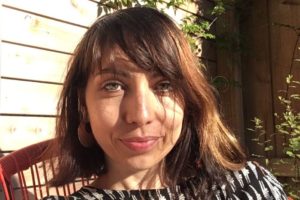 Timmah Ball is a non-fiction writer, researcher and creative practitioner of Ballardong Noongar heritage whose practice is influenced by a short career in urban planning. Her writing has appeared in a range of anthologies and literary magazines such as The Sydney Review of Books, Meanjin, The Griffith Review and Columbia University’s The Avery Review. In 2016 she won the Westerly Patricia Hackett Prize and is currently an Arts House Makeshift Publics artist in resident and editor of First Nations writing for The Westerly Magazine.
Timmah Ball is a non-fiction writer, researcher and creative practitioner of Ballardong Noongar heritage whose practice is influenced by a short career in urban planning. Her writing has appeared in a range of anthologies and literary magazines such as The Sydney Review of Books, Meanjin, The Griffith Review and Columbia University’s The Avery Review. In 2016 she won the Westerly Patricia Hackett Prize and is currently an Arts House Makeshift Publics artist in resident and editor of First Nations writing for The Westerly Magazine. Luke Patterson is a Gamilaroi poet and folklorist living on Gadigal lands. He is interested in the ways bioregional identities and consciousness are expressed through localised and vernacular forms. Luke’s research and creative pursuits are grounded in his extensive work with Aboriginal and other community-based organizations across Australia.
Luke Patterson is a Gamilaroi poet and folklorist living on Gadigal lands. He is interested in the ways bioregional identities and consciousness are expressed through localised and vernacular forms. Luke’s research and creative pursuits are grounded in his extensive work with Aboriginal and other community-based organizations across Australia. Saba Vasefi’s personal lived experience as a refugee and exiled feminist poet and writer together gives her unique experience and insight.
Saba Vasefi’s personal lived experience as a refugee and exiled feminist poet and writer together gives her unique experience and insight. 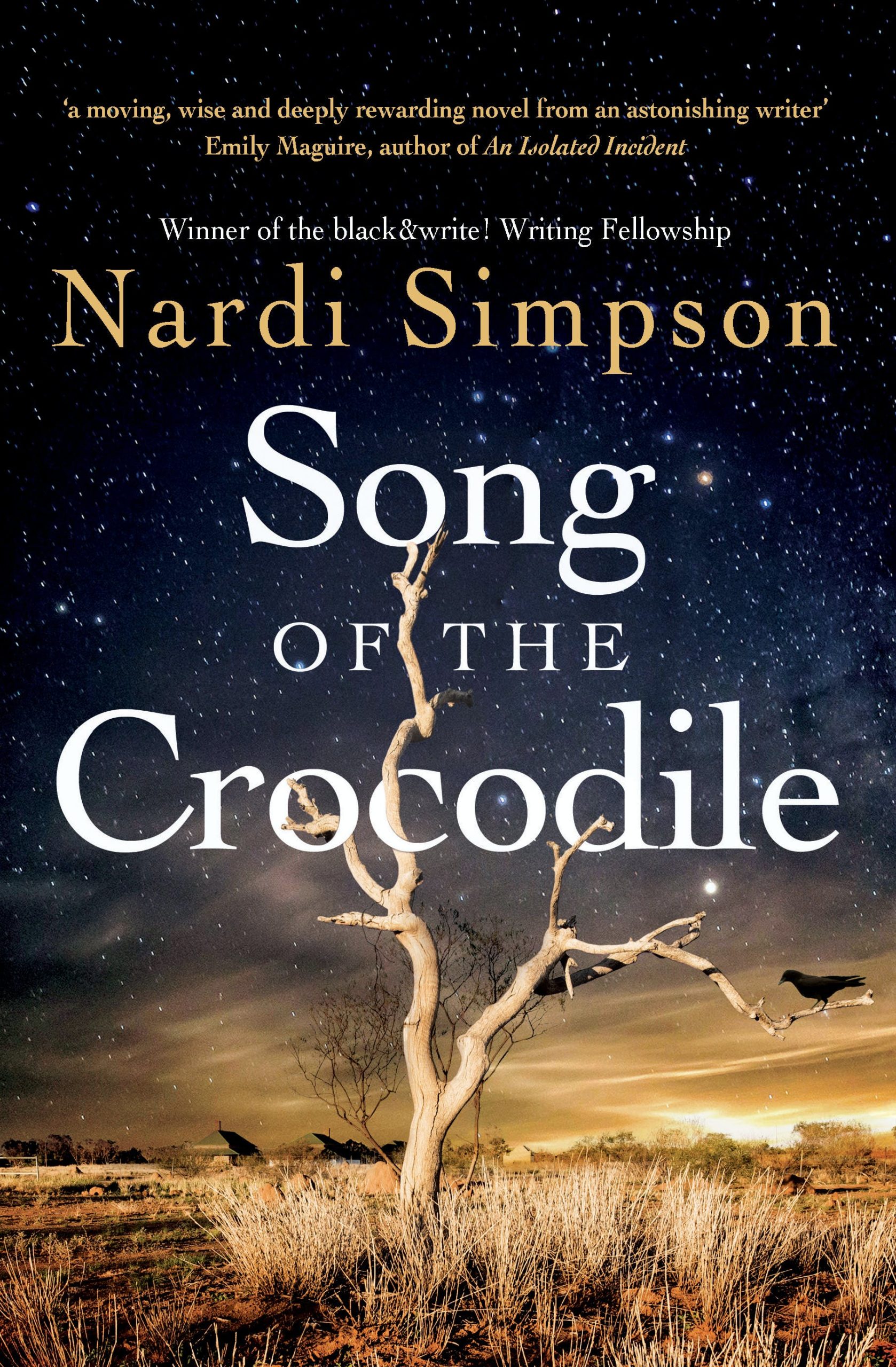 Song of the Crocodile
Song of the Crocodile  Michael Aiken is a four-time recipient of a unique and delightful child, and the founder, owner and servant-in-chief of Garden Lounge Creative Space, Sydney’s only specialist poetry shop and licenced café. His first poetry collection, A Vicious Example (Grand Parade 2014) was shortlisted for the Kenneth Slessor Poetry Prize, the Mary Gilmore Prize and an Australian Book Design Award. His second book, the verse novel Satan Repentant (UWAP 2018) was commissioned by Australian Book Review for their inaugural Laureate’s Fellowship, as selected and mentored by David Malouf. His most recent poetry collection is The Little Book of Sunlight and Maggots (UWAP 2019).
Michael Aiken is a four-time recipient of a unique and delightful child, and the founder, owner and servant-in-chief of Garden Lounge Creative Space, Sydney’s only specialist poetry shop and licenced café. His first poetry collection, A Vicious Example (Grand Parade 2014) was shortlisted for the Kenneth Slessor Poetry Prize, the Mary Gilmore Prize and an Australian Book Design Award. His second book, the verse novel Satan Repentant (UWAP 2018) was commissioned by Australian Book Review for their inaugural Laureate’s Fellowship, as selected and mentored by David Malouf. His most recent poetry collection is The Little Book of Sunlight and Maggots (UWAP 2019).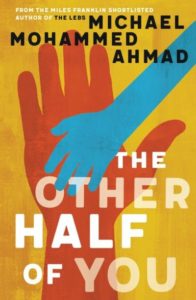 The Other Half of You
The Other Half of You Nathanael O’Reilly is an Irish-Australian residing in Texas. His books include (Un)belonging (Recent Work Press, 2020); BLUE (above/ground press, 2020); Preparations for Departure (UWAP, 2017), named a Book of the Year in Australian Book Review; Cult (Ginninderra Press, 2016); Distance (Ginninderra Press, 2015); Suburban Exile (Picaro Press, 2011); and Symptoms of Homesickness (Picaro Press, 2010). More than 200 of his poems have appeared in journals and anthologies published in thirteen countries, including Antipodes, Anthropocene, Backstory, Cordite, fourW, FourXFour, Headstuff, Marathon, Mascara, Postcolonial Text, Skylight 47, Snorkel, Strukturiss, Transnational Literature, Westerly and The Newcastle Poetry Prize Anthology 2017.
Nathanael O’Reilly is an Irish-Australian residing in Texas. His books include (Un)belonging (Recent Work Press, 2020); BLUE (above/ground press, 2020); Preparations for Departure (UWAP, 2017), named a Book of the Year in Australian Book Review; Cult (Ginninderra Press, 2016); Distance (Ginninderra Press, 2015); Suburban Exile (Picaro Press, 2011); and Symptoms of Homesickness (Picaro Press, 2010). More than 200 of his poems have appeared in journals and anthologies published in thirteen countries, including Antipodes, Anthropocene, Backstory, Cordite, fourW, FourXFour, Headstuff, Marathon, Mascara, Postcolonial Text, Skylight 47, Snorkel, Strukturiss, Transnational Literature, Westerly and The Newcastle Poetry Prize Anthology 2017.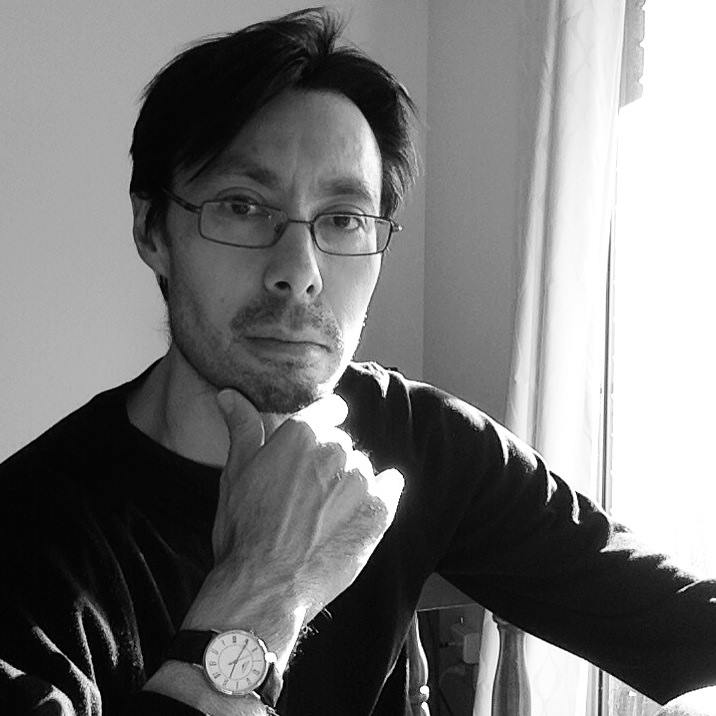 Paul Dawson’s first book of poems, Imagining Winter (IP, 2006), won the national IP Picks Best Poetry award in 2006, and his work has been anthologised in Contemporary Asian Australian Poets (Puncher & Wattmann, 2013) and Harbour City Poems: Sydney in Verse 1888-2008 (Puncher & Wattmann, 2009). His poetry and fiction appear in journals such as Meanjin, Southerly, Westerly, Island, Overland, Cordite Poetry Review, Peril Magazine, Australian Poetry Journal and The Sydney Morning Herald. Paul is currently an Associate Professor in the School of the Arts and Media at the University of New South Wales.
Paul Dawson’s first book of poems, Imagining Winter (IP, 2006), won the national IP Picks Best Poetry award in 2006, and his work has been anthologised in Contemporary Asian Australian Poets (Puncher & Wattmann, 2013) and Harbour City Poems: Sydney in Verse 1888-2008 (Puncher & Wattmann, 2009). His poetry and fiction appear in journals such as Meanjin, Southerly, Westerly, Island, Overland, Cordite Poetry Review, Peril Magazine, Australian Poetry Journal and The Sydney Morning Herald. Paul is currently an Associate Professor in the School of the Arts and Media at the University of New South Wales.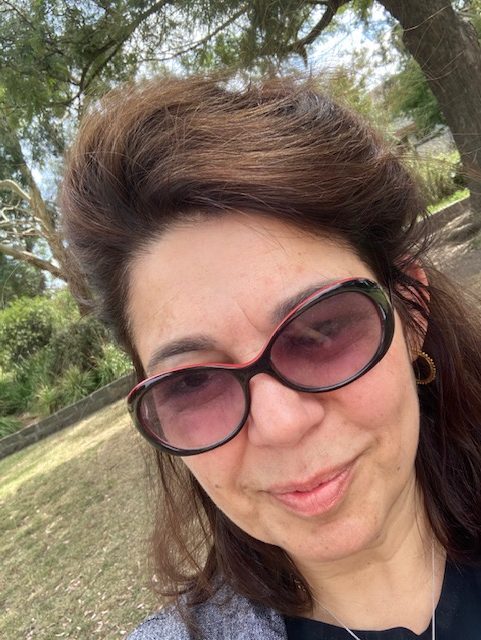 Vasilka Pateras is a Melbourne-based poet and emerging writer whose work is published in n-SCRIBE, Mediterranean Poetry, The Blue Nib and Poetry on the Move. She regularly reads as part of the Melbourne Spoken Word community.
Vasilka Pateras is a Melbourne-based poet and emerging writer whose work is published in n-SCRIBE, Mediterranean Poetry, The Blue Nib and Poetry on the Move. She regularly reads as part of the Melbourne Spoken Word community.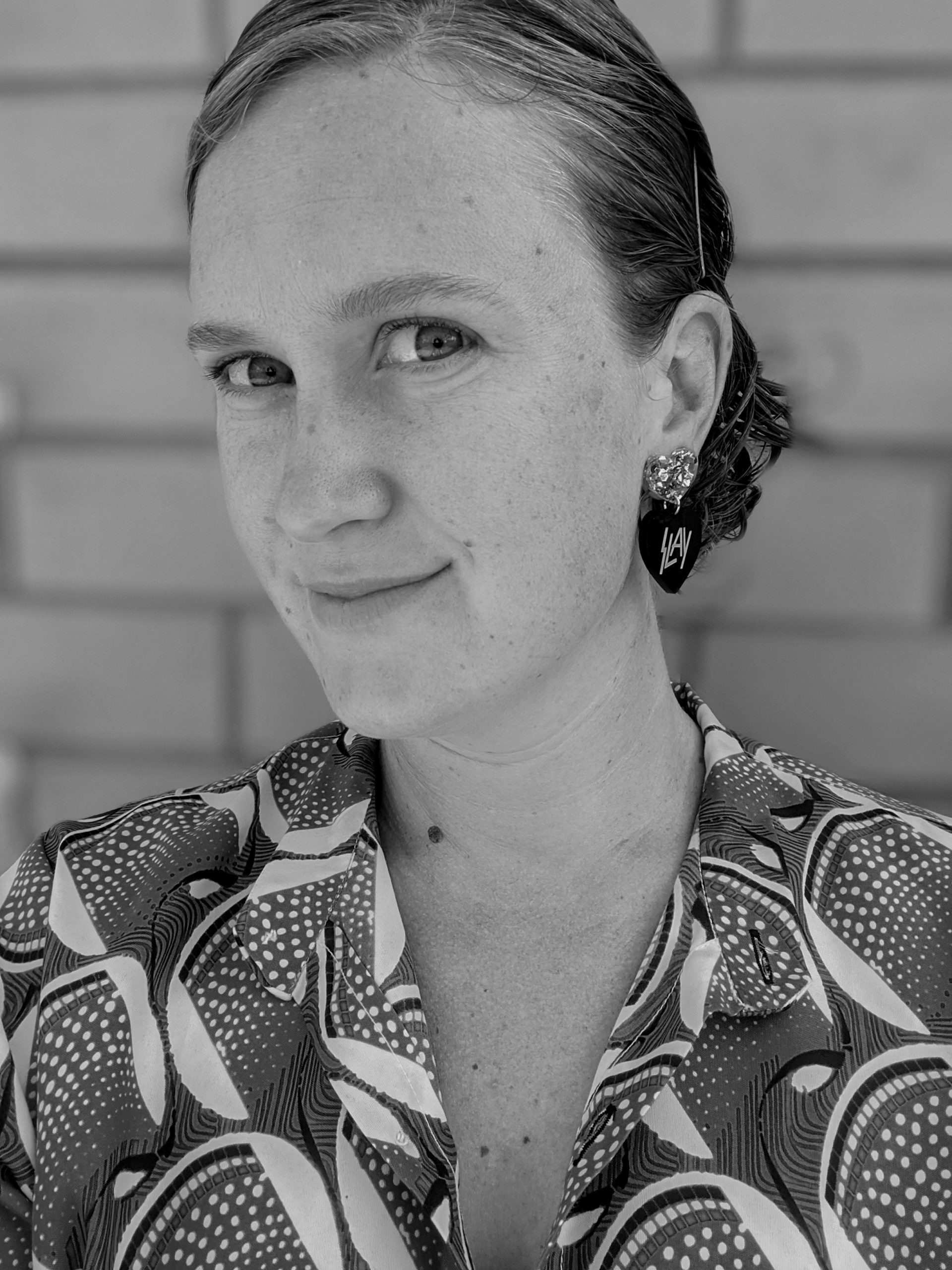

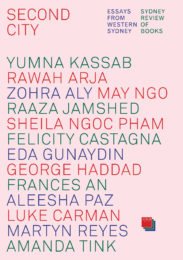 Second City: Essays From Western Sydney
Second City: Essays From Western Sydney Zoe Karpin lives in Sydney’s inner west with her partner and dog and also works as a Learning and support teacher at a south west multicultural Sydney High School. She has had short stories published in journals such as Going Down Swinging, Gathering Force, Hecate & Femzine recently and online journals such as Dotlit and Sūdō journal recently.
Zoe Karpin lives in Sydney’s inner west with her partner and dog and also works as a Learning and support teacher at a south west multicultural Sydney High School. She has had short stories published in journals such as Going Down Swinging, Gathering Force, Hecate & Femzine recently and online journals such as Dotlit and Sūdō journal recently. No Document
No Document